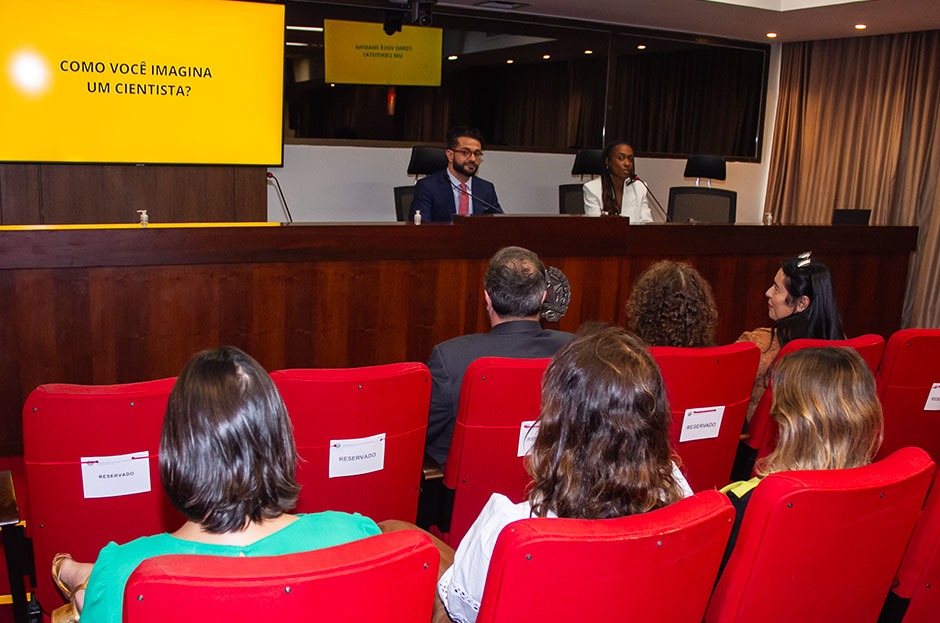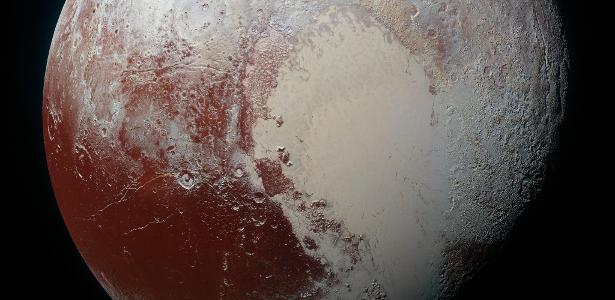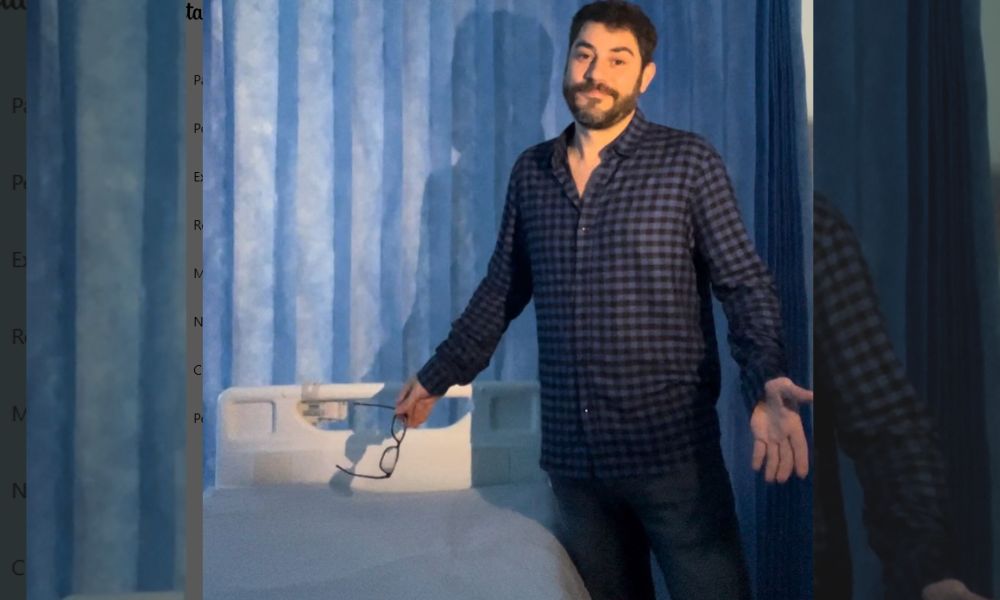Mixing Art and Science: The new seven-part “Space Symphony” is inspired by the latest and stunning NASA images. The world premiere of the symphony “Cosmic Cycles” took place last week near Washington and featured live imagery collected by the US space agency along with a public premiere of the musical composition. Henry Dillinger, the American composer of the symphony, calls it “almost a complete work of art”.
“It’s not just music, it’s not just pictures, not even a movie soundtrack,” the 56-year-old composer told AFP before the concert. “It’s more of an immersive experience that incorporates both visuals and sound.”
Read more:
A similar effort was undertaken over a century ago by the English composer Gustav Holst. However, when he wrote his famous story “The Planets,” much in astronomy was still theoretical.
Since then, humans have walked on the moon, sent mobile research laboratories to Mars, and scoured the solar system with powerful telescopes that allow us to search billions of light-years away.
Images from this research, which NASA producers have collected into seven short films, served as inspiration for Dillinger. “I almost had to pinch myself and remind myself that this isn’t just pretend — this is the real thing. It’s not science fiction. It’s real science,” he said.
Piotr Gajewski, music director and conductor of the National Philharmonic Orchestra, has collaborated with NASA on previous audiovisual projects, but this time it was the space agency that produced the images first.
For the upcoming collaboration, Gajewski, 64, suggested to NASA that “we reverse roles.” “Instead of giving them a song and creating visuals for it, they started out by making short videos…of their most popular work.”
For Wadi Sisler, executive producer at NASA’s Goddard Space Flight Center, the challenge was worth it. “The journey is unlike anything I’ve helped anyone take,” Sessler, 64, told AFP.
Discover Cosmic Cycles
The seven-part play begins at the heart of our solar system: the Sun. The presentation features images of its bubbling surface and particle explosions for planets. The next two movements focus on NASA’s studies of our planet, from a global perspective and then through images of Earth taken by astronauts in orbit.
Dillinger said he was often amazed by the vivid imagery as he worked on the symphony. Knowing real images and tasks elicits a stronger response from audiences in the digital age, Sessler said, when “you can conjure anything with AI, conjure anything in digital effects.”
People care about the real results. Like, “Wow, we actually went to that asteroid.” Wow, we’re really bringing it back to Earth,” he said, referring to OSIRIS-REx’s intrepid sample-collection mission.
Gajewski said the inspiration factor in these images made them ideal companions for orchestral pieces. “What suddenly makes us emotionally vulnerable when we listen to one type of music, or proud when we hear another type of music?” Asked. “It’s all one big puzzle, and of course space is the other big puzzle, so they complement each other really well.”
With information: NASA
Have you seen the new videos on Youtube digital outlook? Subscribe in the channel!

“Hardcore beer fanatic. Falls down a lot. Professional coffee fan. Music ninja.”







More Stories
Educational work discusses women in science
The Call with EU program will support research in materials science and engineering
Braskem and Ciência em Show bring knowledge and fun to the community